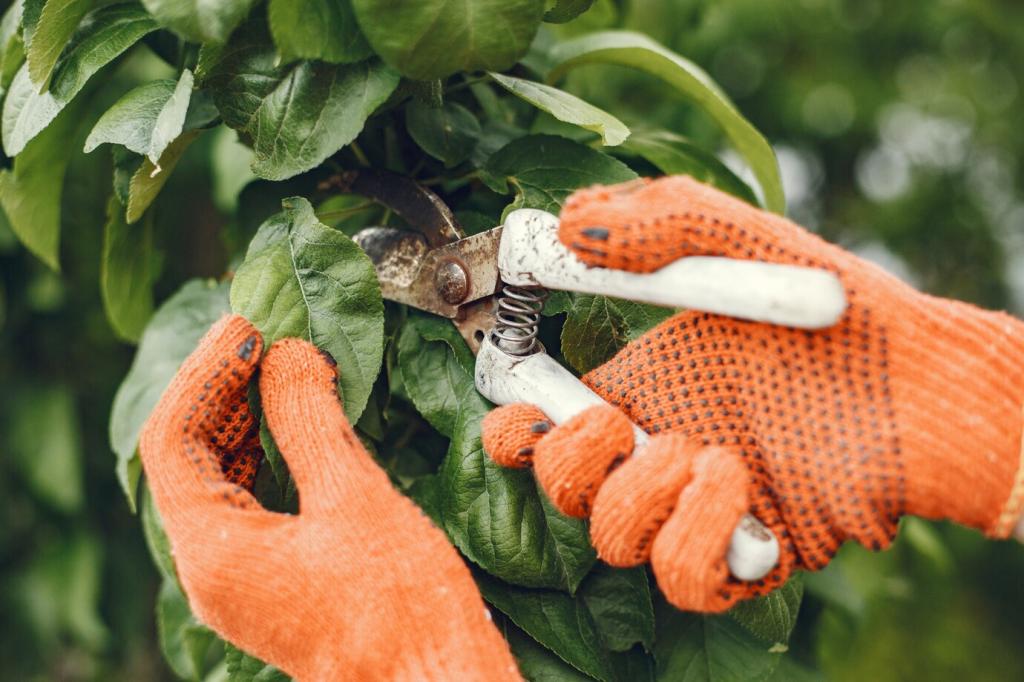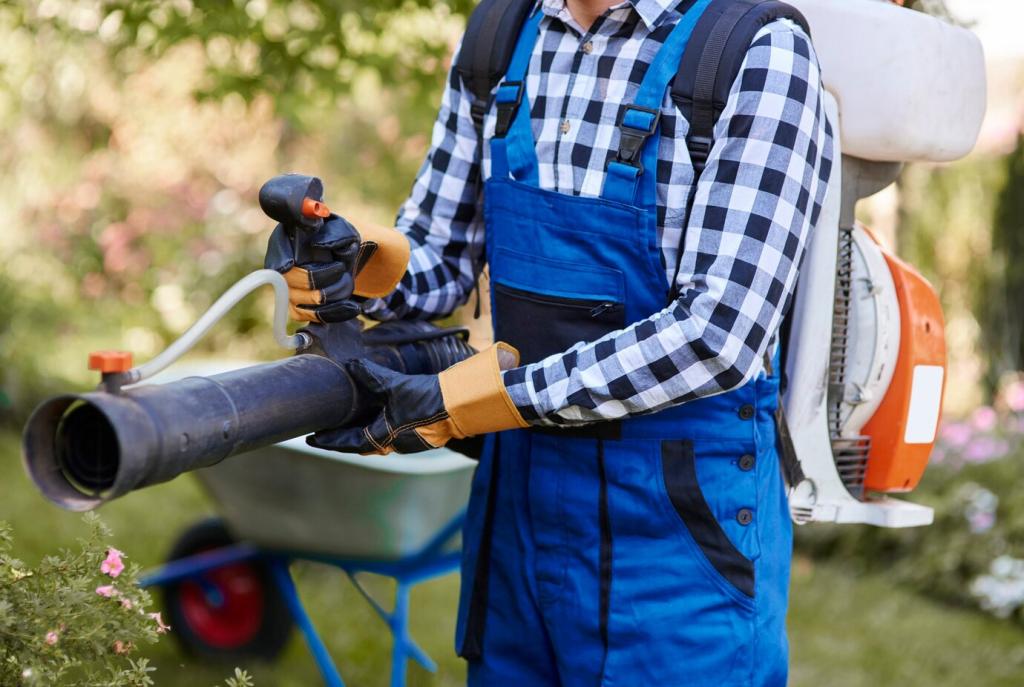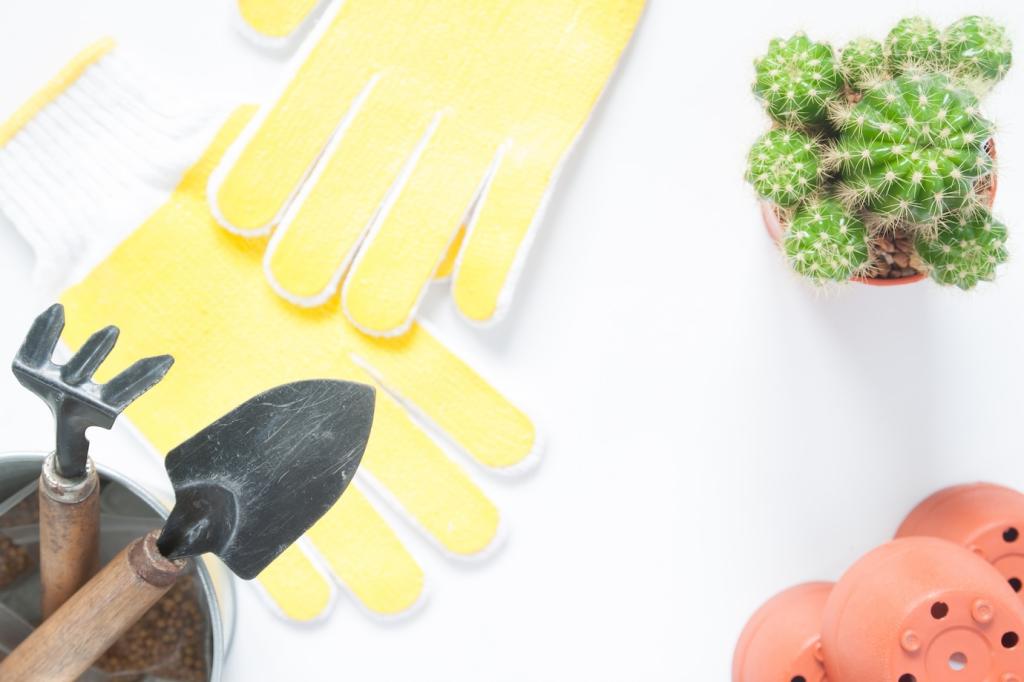Eco-Friendly Furniture Care Tips: A Gentle Guide for a Greener Home
Chosen theme: Eco-Friendly Furniture Care Tips. Welcome to a warm, practical space for caring for the furniture you love—using fewer chemicals, less waste, and more intention. Settle in, share a tip in the comments, and subscribe for fresh, planet-kind ideas every week.

Green Fundamentals: Clean Less, Care Smarter
Reach for diluted castile soap, distilled water, and white vinegar for many sealed surfaces, metal, and glass. Avoid vinegar on natural stone or unsealed wood. A soft microfiber cloth and warm water often do most of the work—test in an inconspicuous spot first and share your favorite formula.
Identify whether wood is sealed, oil-finished, or raw; fabrics may be natural fibers like linen or cotton, or synthetics that shed microplastics. Read tags, ask makers, and keep a simple care card for each piece. Post a photo of yours and we’ll help you decode it.
Build a small, durable kit: high-quality microfiber cloths, a soft tampico or horsehair brush, a wool duster, and reusable amber glass bottles. Add felt pads and furniture sliders to reduce scuffs. What tool surprised you most? Drop a note and help a fellow reader.

Nurturing Wood Without Toxins
Melt one part beeswax with three to four parts olive or jojoba oil in a double boiler, cool, and add a few drops of lemon or lavender essential oil if desired. Rub along the grain, then buff. Let oil-soaked cloths dry flat safely before discarding to prevent heat buildup.
Upholstery Care, Naturally
Weekly vacuuming with an upholstery tool lifts grit that abrades fibers. Rotate and flip cushions monthly to spread wear evenly. A reader saved a sagging loveseat by simply rotating every two weeks—share your schedule and we’ll cheer you on.

Leather, Gently Loved
Lightly dampen a soft cloth with distilled water and a drop of glycerin plus a whisper of mild soap. Wring thoroughly; the cloth should feel barely moist. Avoid vinegar on real leather. For faux leather, mild soap and water usually suffice—test and let us know your finish.
Leather, Gently Loved
Condition sparingly with a plant-based balm designed for leather; too much oil attracts dust and softens seams. Avoid food oils that can go rancid. Apply thinly, buff patiently, and let the piece breathe. Tried a new balm? Share long-term results after a month.



Repair First: Extend the Lifespan
For wobbly joints, clean old residue, use PVA or traditional hide glue, clamp lightly, and wipe squeeze-out with a damp cloth. One reader rescued a curbside chair in under an hour—tell us your favorite clamp workaround at home.
Healthy Home Habits
Choose water-based finishes, allow new pieces to off-gas in a ventilated space, and open windows regularly. Houseplants lift mood, while airflow does the real filtering. Sensitive noses at home? Subscribe for our low-VOC product checklist and share what works for you.
Healthy Home Habits
Add felt pads, rugs under casters, and coasters everywhere. Lift furniture instead of dragging. Trim pet claws and use washable throws in high-traffic zones. What simple protector saved your floors or table? Drop a quick tip to help another reader.
Healthy Home Habits
Spring: wash slipcovers cold and line-dry. Summer: rotate pieces away from strong sun. Fall: refresh wood with a light oil-and-wax buff. Winter: humidify gently. Want printable reminders? Subscribe, and tell us which season challenges your furniture most.
